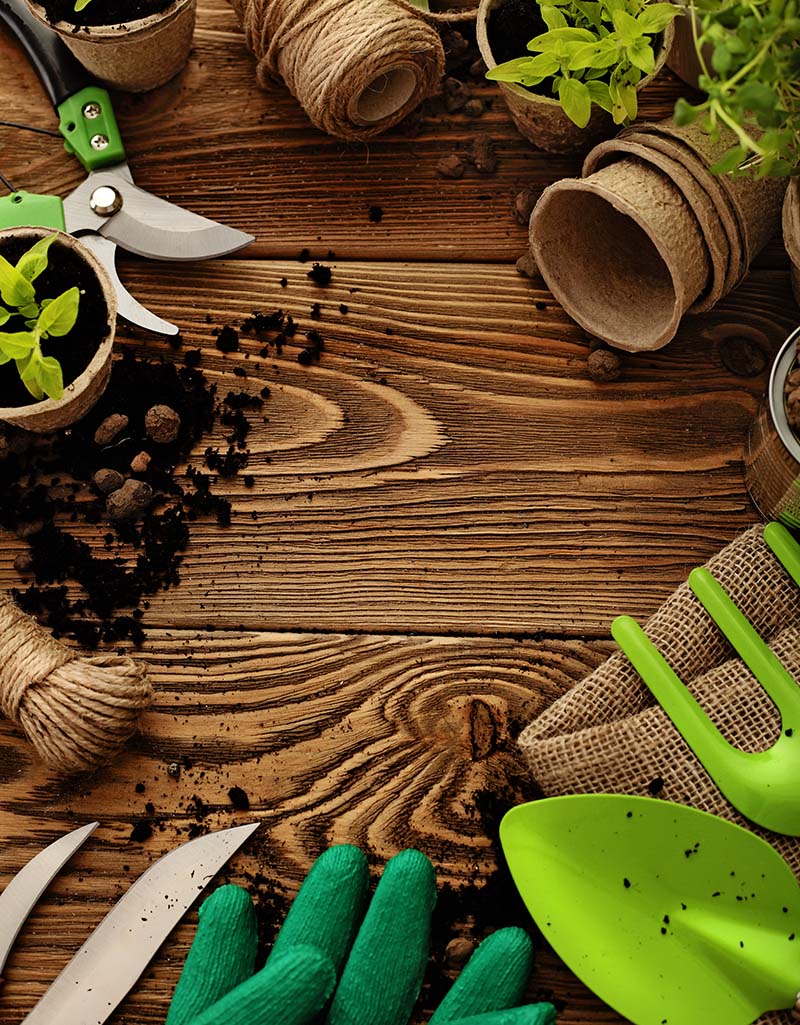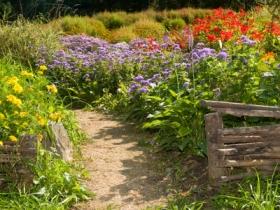 Now that you know all the benefits of cultivating your own garden, you’re probably excited about all the delicious and fresh possibilities ahead. Still, you want guaranteed results with your hard work. Search no more, here are 15 tips and tricks gathered from skilled gardeners to assist you in creating the garden of your dreams—yum!
Now that you know all the benefits of cultivating your own garden, you’re probably excited about all the delicious and fresh possibilities ahead. Still, you want guaranteed results with your hard work. Search no more, here are 15 tips and tricks gathered from skilled gardeners to assist you in creating the garden of your dreams—yum!
- First, test new methods on a small part of your garden first. Handy garden ideas may work great in one area of Canada, but not in another. Start small and ‘grow’ from there.
- Healthy soil will provide healthy plantings—it’s that simple. Nutritious soil begins with healthy roots. You’ll require organic matter (compost or manure) on top of the potting soil. This enriches soil with nutrients that help a garden thrive.
- Improve plant longevity and the likelihood of blooms by aerating the soil twice a year. With an auger bit on a cordless drill, simply puncture holes throughout the garden area. Fill select holes with grit (gravel/sand). Aerating increases oxygen in the root zone, and that equals healthier plants.
- Coffee grounds are a rich source of nitrogen for soil, so mix them in a compost pile with shredded paper or dry leaves. Nitrogen helps the ‘good’ microorganisms in soil to grow and reproduce.
- Where slugs are a problem, eggshells have long been a solution. Crushed shells sprinkled around plants prevent slugs from damaging leaves since they don’t like the sharp edges.
- Collect your leftover winter bath Epsom salts, dissolve 15-30 ml in 1 litre of water, and add—in small quantities—to soil. It helps produce, such as tomatoes, develop due to its nutrient-rich magnesium sulfate, thus eliminating the need for expensive fertilizer.
- A practical way to deter insects from plants is with a tin foil barrier. Wrap around squash or tomatoes—bugs don’t like crossing aluminum foil.
- You don’t have to purchase expensive insecticide. Make your own with 5 ml liquid dish soap and 1 litre of water. Spray on infested plants. It suffocates or dehydrates them (I know it sounds awful, but you want to eat your vegetables). This insecticidal soap also does double duty for washing debris from leaves.
- Many garden novices don’t water long enough or deep enough. Spend roughly one-minute watering larger plants to reach the plant roots, but don’t drown them.
- Be mindful of placing plants (and pots) correctly. Plant shade plants in the shade and full sun plants in a sunny area. Eager gardeners succeed by planning ahead for seed and plant placement.
- Additionally, equip yourself with a compass and figure out directions and where the sun faces in your garden. Doing so assists with ideal plant selection and placement.
- Remember to create drainage holes in pots to avoid root rot. I place a layer of small rocks in the bottoms of all my pots and so far, so good.
- Take notes on what works and doesn’t in a gardening journal. This can become a rich source of material in the years of gardening ahead.
- Don’t give up gardening because a few plants died. It’s inevitable to lose some plantings. Take note and move on.
- Relax and let nature take its course. Gardening isn’t rocket science, but it is miraculous when you discover how life insists on living—an excellent learning tool for children and grown-ups alike.
Get growing and don’t wait for the weather to warm up. Start seeds inside because before you know it, the sun will shine again.


